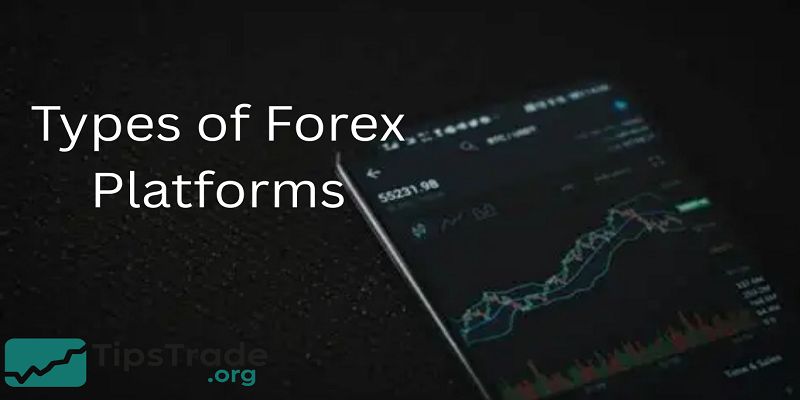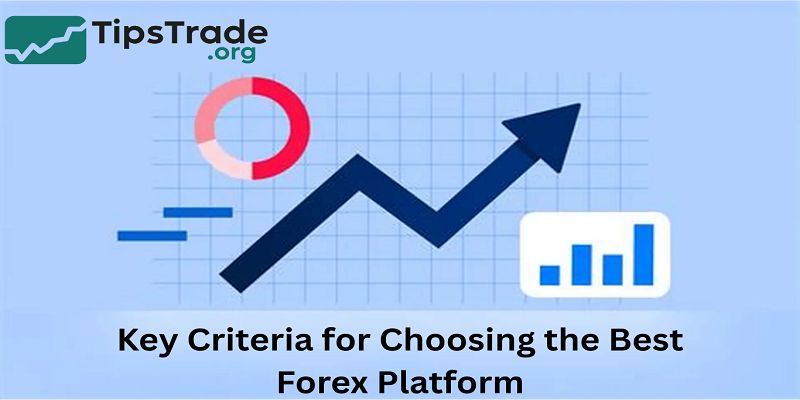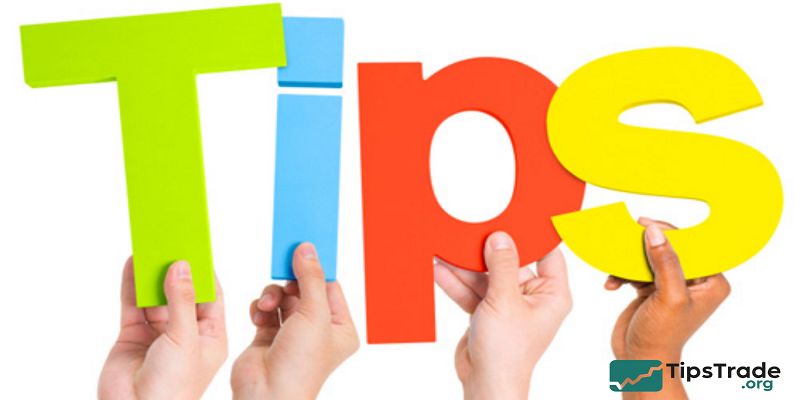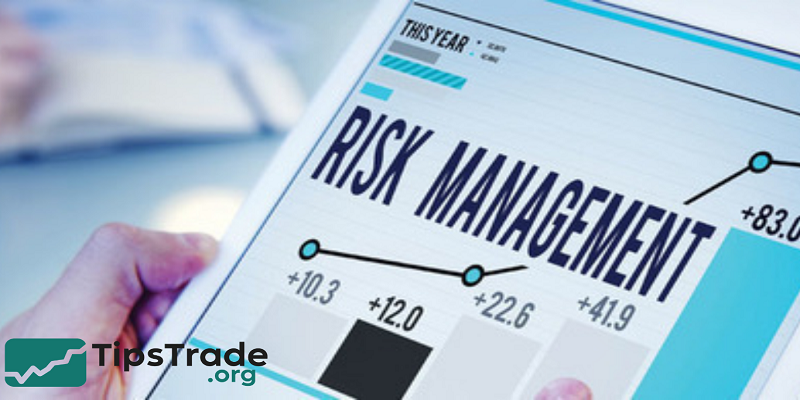Forex platform is the digital software or app that allows traders to access the foreign exchange market, view live prices, and place buy or sell orders. Without a trading platform, it would be impossible for retail traders to participate in the global forex market, which, according to the Bank for International Settlements (BIS), has a daily turnover of over $7.5 trillion. Choosing the right platform can directly impact your trading results, execution speed, and costs.Through this article, let Tipststrade.org together with you learn more details
Types of Forex Platforms

- Not all forex platforms are the same. Traders have different needs, so platforms come in various forms:
MetaTrader 4 / MetaTrader 5
- MetaTrader 4 (MT4) remains the industry standard for forex trading. It offers customizable charts, automated trading via Expert Advisors (EAs), and a massive library of indicators.
- MT5, its successor, includes more advanced order types and access to additional asset classes.
- Many brokers still support both, giving traders the flexibility to choose.
Browser-Based Platforms
- Web platforms require no downloads, making them convenient for quick access.
- They run directly in browsers and often integrate economic calendars and news feeds.
- While they may lack advanced automation, they are ideal for casual traders.
Mobile Trading Apps
- Most brokers provide mobile apps, enabling traders to monitor and execute trades on the go.
- According to a 2024 Statista survey, over 60% of retail traders use mobile apps as their primary platform.
Proprietary Broker Platforms
- Some brokers develop their own platforms (e.g., OANDA fxTrade, IG’s platform).
- These often include unique features such as integrated research tools, guaranteed stop-loss, or advanced risk management settings.
Social Trading & Copy Trading Platforms
- Platforms like eToro and ZuluTrade let traders copy the strategies of professionals.
- This is especially popular with beginners who want to learn while minimizing risks.
>>See more:
- What is Forex? The Complete Guide for Beginners
- Learn Forex – Beginner’s Guide to Start Trading Successfully
- List of Top forex brokers in 2025 – Most Trusted and Reliable
- Forex Capital Management Tips: The Key To Success For Professional Traders
Key Criteria for Choosing the Best Forex Platform

When evaluating a forex platform, traders should consider:
Regulation & Security
- Trust begins with regulation. A platform linked to a regulated broker (FCA, ASIC, CFTC, CySEC) ensures fund protection and compliance with global standards.
Trading Costs
- Spreads, commissions, and swap rates vary. A platform should display these clearly. For example, ECN brokers on MT4/MT5 often offer spreads as low as 0.0 pips with small commissions.
Execution Speed & Stability
- Fast execution reduces slippage during volatile events like central bank announcements.
- Many brokers highlight millisecond execution speeds as a selling point.
Features & Tools
Look for platforms with:
- Charting tools and multiple timeframes.
- Built-in indicators (RSI, MACD, Bollinger Bands).
- Automated trading and API connectivity.
Ease of Use & Support
- User-friendly interfaces are essential, especially for beginners.
- Quality platforms also provide responsive customer service, multilingual support, and educational resources.
Market Access
- Some platforms offer only forex pairs, while others also provide CFDs on indices, stocks, and commodities.
- A multi-asset platform is ideal for diversification.
Comparing the Top Forex Platforms (2025 Edition)
Here’s a side-by-side comparison of leading forex platforms:
| Platform | Best For | Pros | Cons |
| MT4 | Beginners, EA users | Wide broker support, automation, low resource usage | Dated interface |
| MT5 | Advanced traders | Multi-asset, faster backtesting | Fewer brokers support it |
| TradingView | Charting enthusiasts | Cloud-based, social features, indicators | Limited order execution (broker-dependent) |
| eToro | Copy trading | Social trading, beginner-friendly | Higher spreads |
| OANDA fxTrade | Risk-conscious traders | Regulated, transparent pricing | Limited advanced automation |
Real-world reviews often highlight MT4 for reliability, while TradingView excels in analysis. eToro appeals to newcomers due to its copy-trading model, though it may be costly for active day traders.
Tips for Using Forex Platforms Effectively

To maximize your platform’s potential:
Set Up Charts and Indicators
- Customize your workspace with indicators relevant to your strategy.
- For instance, a scalper might use 1-minute charts with VWAP, while a swing trader prefers daily charts with RSI.
Start with a Demo Account
- Nearly every broker offers free demo accounts.
- Beginners should practice with virtual funds to avoid costly mistakes.
Use Automated Trading Wisely
- Platforms like MT4 support Expert Advisors, but traders must test them thoroughly.
- A study by Myfxbook showed that over 70% of retail robots underperform live markets.
Manage Technical Risks
- Unstable internet or server downtime can cause losses.
- Using VPS (Virtual Private Servers) ensures stable connectivity, especially for algorithmic trading.
These practices help build consistency while avoiding common pitfalls.
Risks and Limitations of Forex Platforms

Scams and Unregulated Brokers
- A major risk is dealing with unregulated or fraudulent brokers that may operate without proper licenses, potentially leading to scams such as “fly-by-night brokers” who disappear with deposits, or fraudulent platforms that mimic legitimate ones but gamble internally without true market exposure.
- Traders should always verify broker licenses with regulatory bodies and use only regulated brokers to avoid these risks.
Proprietary Lock-in and Platform Limitations
- Some platforms tie users exclusively to one broker, limiting flexibility in trading options.
- Mobile-only platforms often have reduced functionality compared to desktop platforms, making them unsuitable for complex trading strategies.
- This proprietary lock-in restricts traders’ freedom and potentially limits their ability to execute sophisticated trades effectively.
Technical Issues
- During periods of high market volatility, platforms sometimes suffer from technical issues including freezing, delayed execution, latency, or crashes.
- These issues can cause missed trading opportunities or unfavorable trade executions, directly impacting profitability.
- Slow or unreliable platform performance is a significant risk to consider when choosing a Forex trading platform.
Hidden Costs and Fees
- Many Forex platforms incorporate hidden costs such as withdrawal fees, inactivity charges, or wider spreads especially during volatile market conditions.
- These extra fees can erode trader profits. It’s common for platforms to have these less transparent fees, so traders need to read the fine print on broker agreements carefully.
Other Key Risks in Forex Trading
-
High volatility can lead to rapid and large price swings that increase risks of substantial losses.
-
Leverage amplifies both profits and losses but must be used cautiously.
-
Counterparty risk exists since Forex is often traded over-the-counter without a centralized exchange guaranteeing trades. If the dealer fails, funds may be lost.
-
Market manipulation by large financial institutions or central banks can affect pricing unpredictably.
Understanding and acknowledging these risks, including checking broker credentials, reading all fee disclosures, and carefully selecting a reliable trading platform can help protect investments and build trust in Forex trading.
This detailed understanding highlights the importance of due diligence before committing funds to any Forex platform, especially those with limitations such as mobile-only access or proprietary restrictions. Traders should prioritize regulated brokers and robust platform performance to mitigate these common risks.
Conclusion
Choosing the right forex platform is one of the most important decisions for any trader. From MT4’s reliability to TradingView’s charting excellence, or eToro’s social features, each platform suits different trading styles. The key is to prioritize regulation, speed, costs, and usability.
>>See more:

